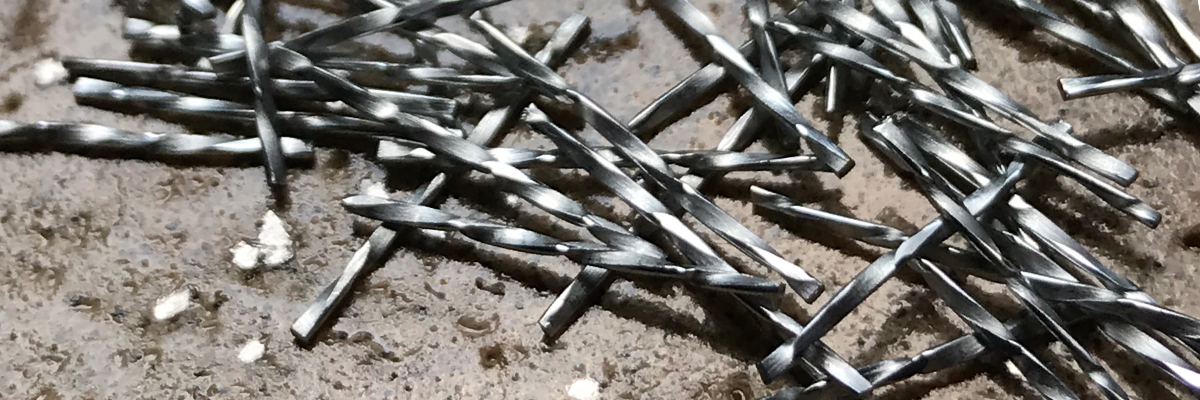There’s an innovative solution to conventional labor-intensive, time-consuming processes in ICF construction and it’s only produced by Helix St
On its own, concrete is imperfect – it lacks flexural and tensile strength. To overcome these failures, we include reinforcement.
Rebar is known by pretty much everyone in the construction industry who has ever used concrete, even though its imperfections are widely known. (It’s big. It’s rusty. It allows concrete to crack. It’s time-consuming and requires manpower that in today’s construction industry simply doesn’t exist without frustrations.)
Fiber reinforcement was invented as an alternative to rebar, and although fiber does have some benefits, many types of fibers (like those made of cheaply made plastic) are deeply flawed. The biggest flaw is that plastic fibers first need to stretch and allow concrete cracks to form before they resist concrete crack widening. Steel fibers can increase the strength of concrete somewhat, but like a nail in wood, they have difficulty gripping concrete and will slip under even moderate stress.
There’s a better alternative to fiber.
Helix Micro Rebar is Not a Fiber. It’s Better!
Yes, it’s small. Yes, it is made with steel, which some fibers also have. But apart from these similarities, there are many differences that make Helix Micro Rebar unlike any other.
Helix Micro Rebar Helps to Stop Cracks From Forming
Look at an older overpass and you will see chunks of concrete missing. That’s because standard reinforcing steel leads to cracks and corrosion, which is the leading cause of concrete deterioration in bridge deck slabs. Helix Micro Rebar has a patented twist in its design, bonding to concrete, unlike rebar and fibers.
Helix Micro Rebar Can Be Used in a Wide Range of Concrete Applications
Few rebar alternatives can be used in as many applications as Helix Micro Rebar. Whether you are pouring a million-square-foot concrete slab, tilt-up panels, ICF homes, footings, high-performance applications, roads, precast vaults or tunnels, this tiny alternative reinforcement is able to solve challenges in them all.
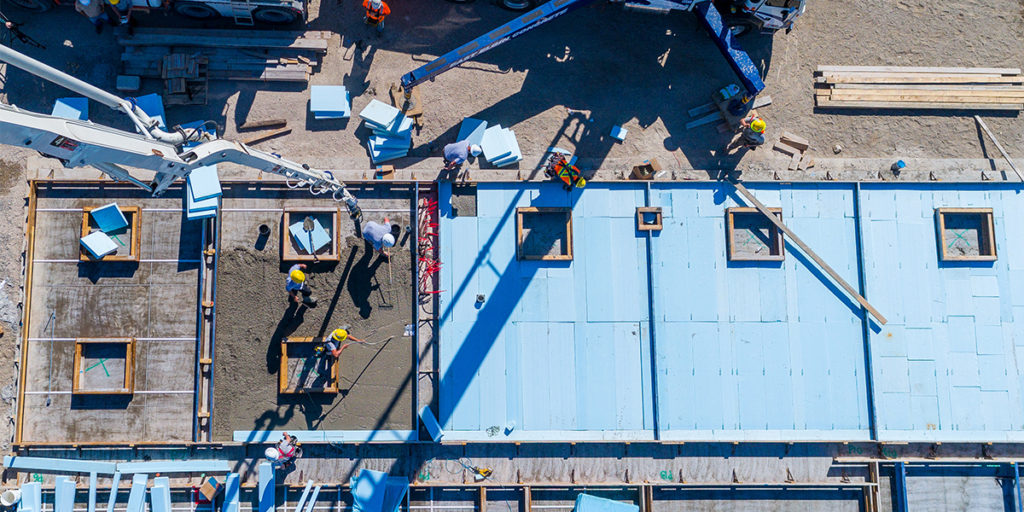
Helix Micro Rebar is a concrete reinforcement that meets IRC performance requirements
Helix Steel’s micro-sized reinforcement is approved for use:
- In slabs on grade per ACI 360 Chapter 11 using elastic design when load slab strength is required with cracks smaller than 1 mm.
- To replace temperature shrinkage reinforcement specified in ACI 318 Chapter 7 subject to the restrictions of UES ER-279 or ICC-ES 3949.
- In structural slabs, walls, foundations and other structures to replace rebar subject to the restrictions of UES ER-279 or ICC-ES 3949. There are prescriptive tables in ICC-ES 3949 for below-grade walls satisfying IRC without the need for engineered design.
- As a structural reinforcement under the provision of ACI 318-14 section 1.10 and ACI 332 under Section 1.2 and 6.2.1.2.
- In pavements, per ACI 330.
There are limitations to using Helix Micro Rebar, but they are far fewer than fibers and often they can be minimized through effective engineering.
Helix Micro Rebar is Made From Steel
Helix Micro Rebar is made from 100% steel, which is 600% stiffer than concrete. Independent studies conclude that steel fibers do not have pre-crack performance like Helix Micro Rebar does, since Helix Micro Rebar has a patented twist design.
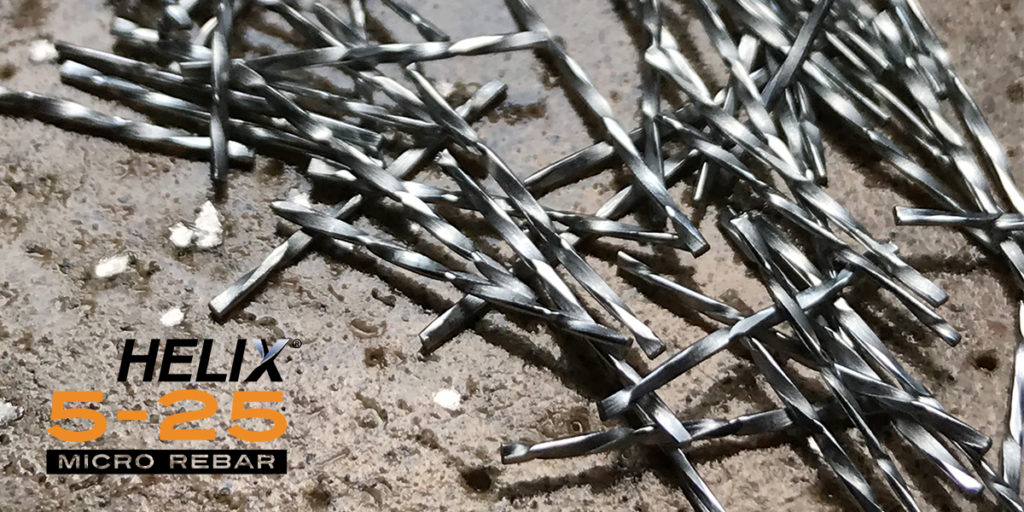
Helix Micro Rebar Requires Low Doses
Helix Micro Rebar requires smaller doses than fiber and much less steel than rebar or mesh. For example, for a cubic yard of concrete, a typical Helix Micro Rebar dose would be 18 lbs. (8 kg.), while other fibers would be up to 60 lbs. (27 kg.) It is often applied at 1:3 to 1:4 the dosage of other steel fibers.
Helix Micro Rebar Starts Working Fast
Concrete shouldn’t have to crack for its reinforcement to begin working, but that’s how many fibers are designed to operate. Polymer and steel fiber manufacturers recognize the low modulus of their concrete reinforcement. To justify the properties they rely on test standards that measure performance only after large cracks have formed, which is ironically when they exhibit better performance. These methods include ASTM C1399 and ASTM C1609.
Helix Micro Rebar is an Alternative to Fiber and Rebar That Works for You
Helix Steel has American engineers that are ready to help you with your project.
- You can submit your project specs to allow our team to review them and help to demonstrate our product’s benefits to your next project.
- You can access accurate dosage requirements online right now.
- The International Code Council Evaluation Service (ICC-ES) updated ESR-3949 allows engineers and architects to more easily implement Helix Micro Rebar in slabs, foundations, footings, walls and pavements.
- You can learn more about alternative concrete reinforcement by accessing our Ron Blank & Associates course entitled Alternative Concrete Reinforcement Materials.
Choosing Helix Micro Rebar for your next project will change the way you build with concrete. If you have questions about using rebar alternatives, we are always here to help. Contact Helix Steel today.
More News
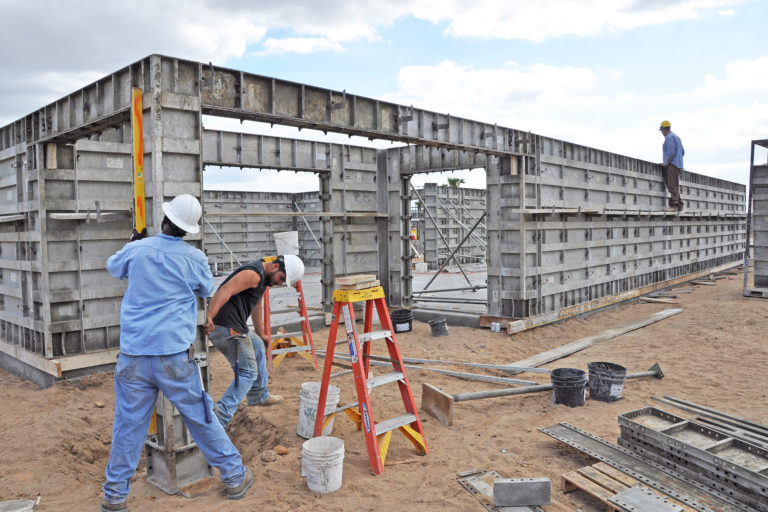
Building Better Homes Starts with ICF and Helix Micro Rebar
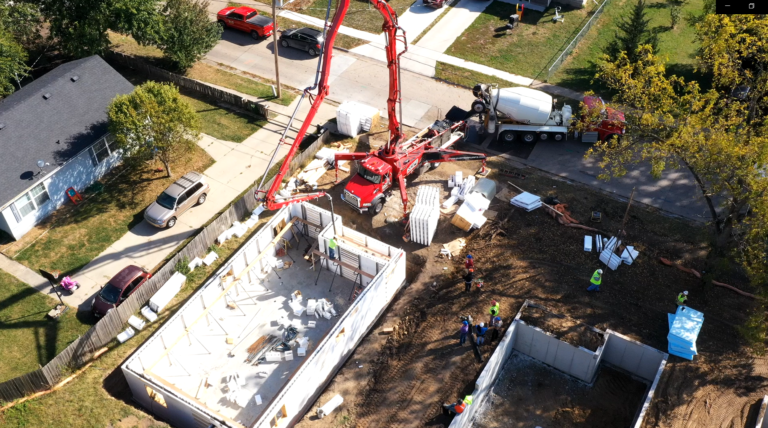
The Better Way to Build in Every Direction
Whether you’re building below-grade or above-grade, the tiny twisted concrete reinforcement known as Helix Micro Rebar is taking the construction world in new directions
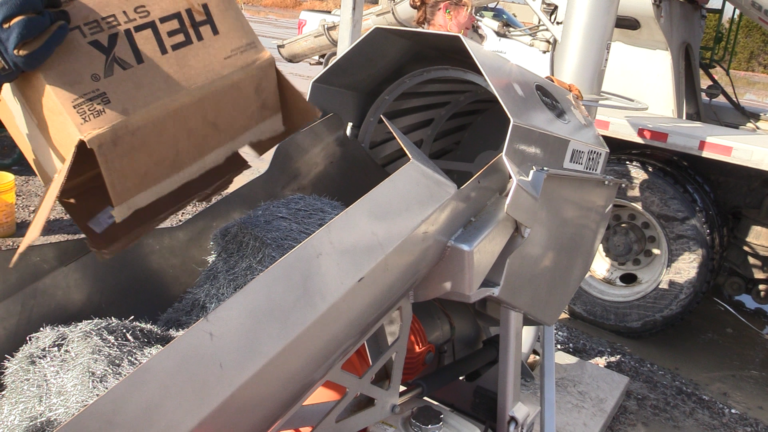
Is Your Business Still Living in the Rebar Age?
If you’re in the construction industry to improve buildings, revolutionize processes and work smarter, it may be time to rethink your concrete reinforcement.

